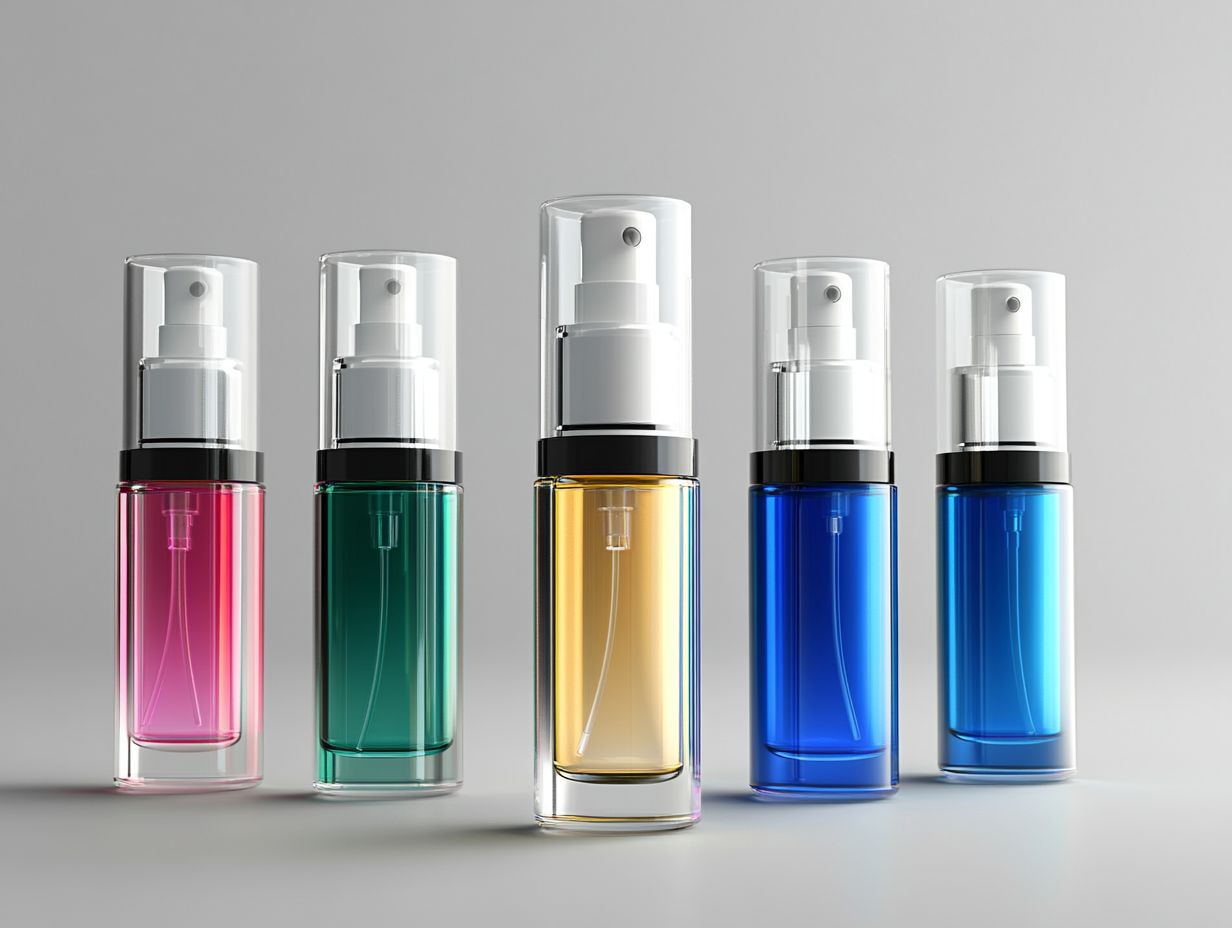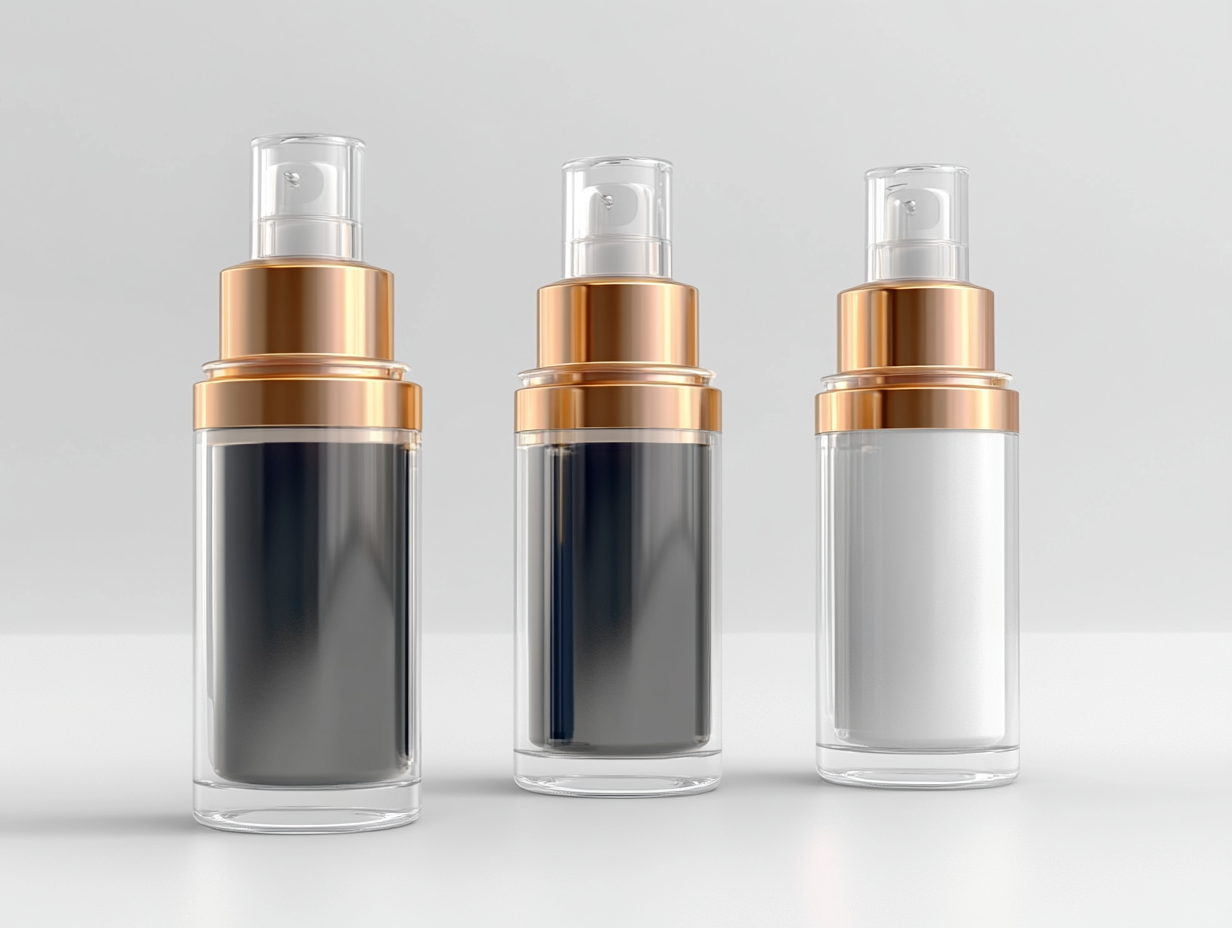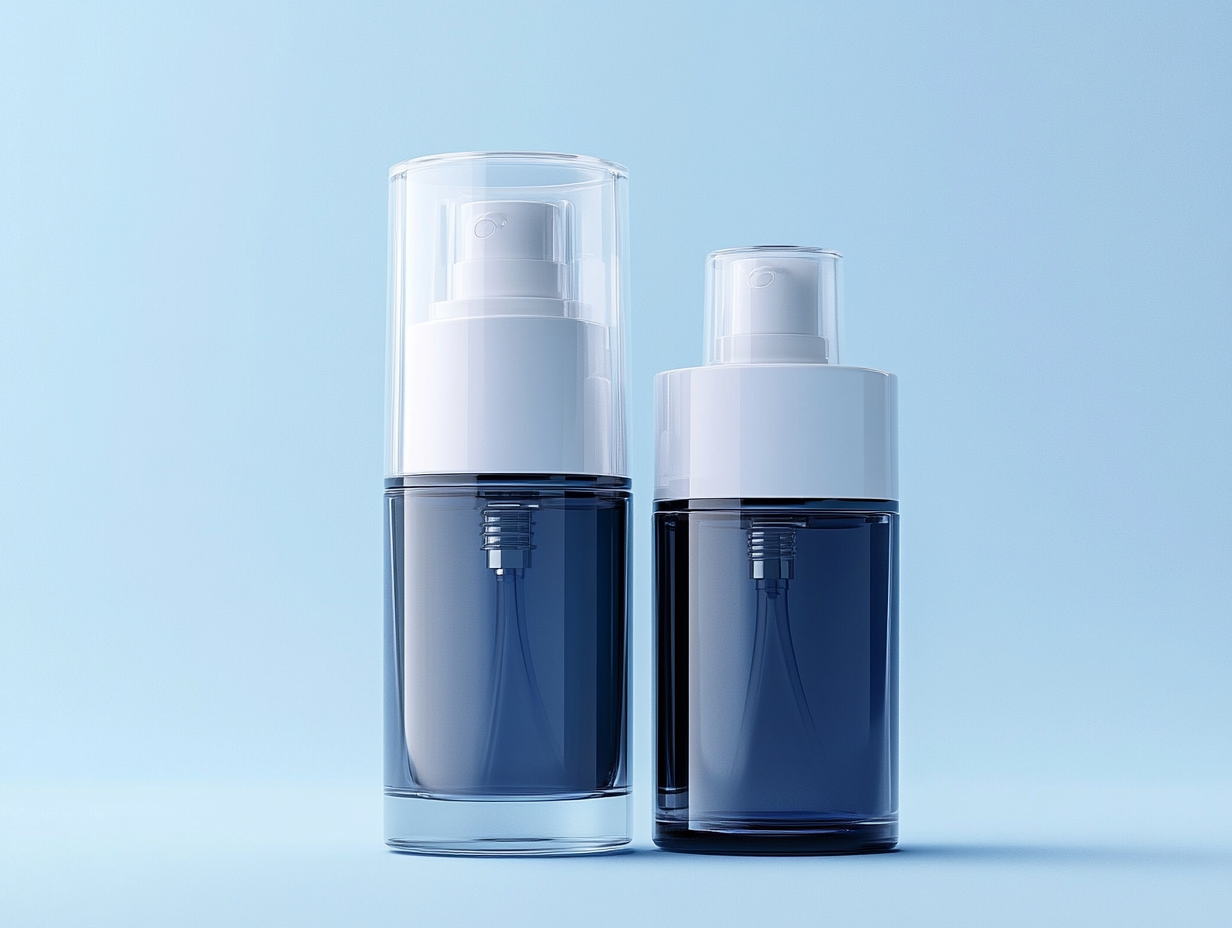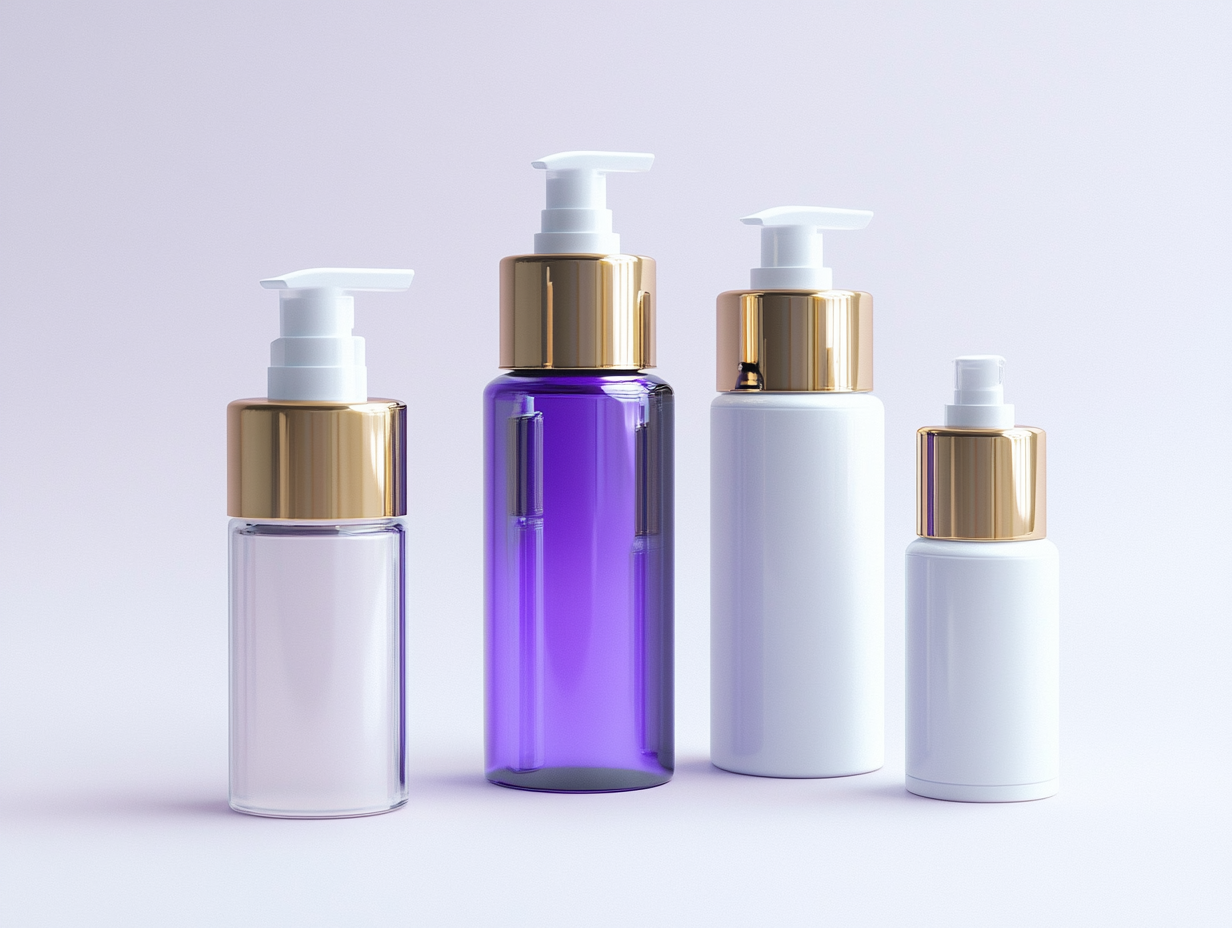Table of Contents
- Definition and Functionality of Airless Pump Bottles
- Key Components and Design Features of Airless Pump Technology
- Benefits of Using Airless Pump Bottles in Product Preservation
- Considerations for Global Buyers: Sourcing and Quality Standards
- Trends and Innovations in Airless Pump Bottle Manufacturing
- FAQS
- Related Posts
In the ever-evolving landscape of packaging solutions, Airless Pump Bottles have emerged as a game-changer for both manufacturers and consumers alike. These innovative containers not only enhance product preservation by minimizing air exposure but also offer an aesthetically pleasing design that aligns with modern branding strategies. As global buyers seek effective and sustainable packaging options, understanding the comprehensive specifications of Airless Pump Bottles becomes imperative for making informed purchasing decisions.
This blog aims to delve into the various aspects of Airless Pump Bottles, including their construction, material options, and operational benefits. By exploring the unique features that set these bottles apart from traditional packaging, we will illuminate how they cater to the needs of the beauty and personal care industries, as well as pharmaceuticals. Whether you are a seasoned buyer or new to the world of airless technology, this comprehensive guide will provide valuable insights to help you navigate the complexities of selecting the right Airless Pump Bottles for your products.

Definition and Functionality of Airless Pump Bottles
Airless pump technology has become increasingly popular among global buyers looking for efficient and hygienic packaging solutions. One of the key components of airless pump bottles is their unique dispensing mechanism, which utilizes a vacuum system to dispense product without the need for air exposure. This is crucial in preventing contamination and ensuring the integrity of sensitive formulations, making it an ideal choice for cosmetic and pharmaceutical products. In addition to the dispensing mechanism, the design features of airless pump bottles often include a sleek and modern aesthetic that appeals to consumers. Many are made from materials that are both lightweight and durable, ensuring that the bottles can withstand the rigors of transportation and usage. With the growing demand for sustainable packaging, manufacturers are also focusing on using recyclable or eco-friendly materials, further enhancing the appeal of airless pump technology in today's market.

Key Components and Design Features of Airless Pump Technology
Airless pump bottles are innovative packaging solutions designed to maintain the integrity of products while providing efficient dispensing mechanisms. Unlike traditional bottles, which may allow air to compromise their contents, airless pumps function by creating a vacuum that ensures no air enters the product chamber. This design helps protect sensitive formulas from oxidation and degradation, making them ideal for cosmetics and pharmaceuticals.
The functionality of airless pump bottles lies in their unique construction, which incorporates a chamber that contracts as product is dispensed. This means that users can enjoy every last drop without waste, and the absence of a straw prevents contamination. As global buyers seek sustainable and efficient options, understanding the advantages of airless technology becomes crucial in making informed purchasing decisions for premium product packaging.

Benefits of Using Airless Pump Bottles in Product Preservation
When sourcing airless pump bottles, global buyers must consider various quality standards that ensure product integrity and safety. Recently, several companies have faced challenges due to degradation issues in their packaging, prompting recalls. Such incidents underline the importance of rigorous quality control processes in manufacturing. Buyers should prioritize suppliers who adhere to stringent specifications to avoid similar pitfalls.
Moreover, emerging technologies in the packaging sector are revolutionizing the way products are stored and delivered. Innovations, like self-cleaning water bottles and new designs for carbonated beverages, signify a shift towards enhanced functionality and consumer safety. Such advancements not only improve usability but also reflect the evolving expectations of the market. Global buyers should stay abreast of these trends to make informed sourcing decisions.

Considerations for Global Buyers: Sourcing and Quality Standards
The airless pump bottle market is witnessing exciting innovations, especially in the realm of sustainable packaging. Mono-material packaging has emerged as a significant trend, offering advantages such as reduced contamination in recycling and enhanced supply chain efficiency. This is particularly beneficial for beauty brands aiming to align with environmentally conscious consumers. As these brands adopt cleaner formulations, airless packaging solutions become indispensable for preserving the integrity of ingredients while minimizing waste.
Recent product launches highlight a shift towards more sustainable airless pump options. Many manufacturers are developing products that not only maintain the efficacy of sensitive formulas but also push the boundaries of eco-friendly materials. For instance, innovations like the all-plastic airless bottles and modular systems that incorporate pouch technology showcase how the industry is evolving. These advancements indicate a promising future where luxury and sustainability coexist, offering consumers more choices without compromising on quality or environmental responsibility.
Trends and Innovations in Airless Pump Bottle Manufacturing
Airless pump bottles have gained popularity in the global market primarily due to their ability to preserve the integrity of products. One of the key benefits of using airless pump technology is the significant reduction of air exposure, which can lead to the oxidation and degradation of sensitive formulations, such as skincare or cosmetic products. By minimizing contact with air, these bottles help extend product shelf life while maintaining efficacy.
Another advantage is the precise dispensing they offer. Consumers appreciate the ability to control the amount dispensed without contaminating the remaining product inside. This is particularly important in personal care and beauty products, where hygiene and dosage are crucial. Additionally, airless pump bottles are often designed for easy usability and recycling, making them an appealing choice for environmentally conscious buyers. As global awareness of product preservation grows, the demand for airless pump bottles is expected to rise even further.
FAQS
Airless pump bottles are innovative packaging solutions designed to prevent air from entering the product chamber, which helps maintain the integrity of sensitive formulas and protects them from oxidation and degradation.
Airless pump bottles work by creating a vacuum that allows the product to be dispensed without air exposure, ensuring that the remaining product remains uncontaminated and preserving its quality.
The advantages include significant reduction of air exposure, extended product shelf life, precise dispensing without contamination, and often environmentally friendly design features.
They are suitable because they protect sensitive formulations from oxidation, allow for precise dosage control, and minimize contamination risks, which are critical in cosmetic and pharmaceutical products.
Many airless pump bottles are designed with recyclable or eco-friendly materials, making them an appealing choice for environmentally conscious consumers.
Yes, the design of airless pump bottles allows for the complete dispensing of the product without waste, as they contract the chamber as the product is used.
Airless pump bottles are typically made from lightweight and durable materials that can withstand transportation and usage, aligning with the trend for sustainable packaging.
By minimizing air exposure and preventing contamination, airless pump bottles help preserve the efficacy and shelf life of sensitive formulations, such as skincare and cosmetic products.
They often have a sleek, modern aesthetic, user-friendly functionality, and incorporate a vacuum system, contributing to their hygiene and efficiency.
As global awareness of product preservation and sustainability grows, the demand for airless pump bottles is expected to rise further.